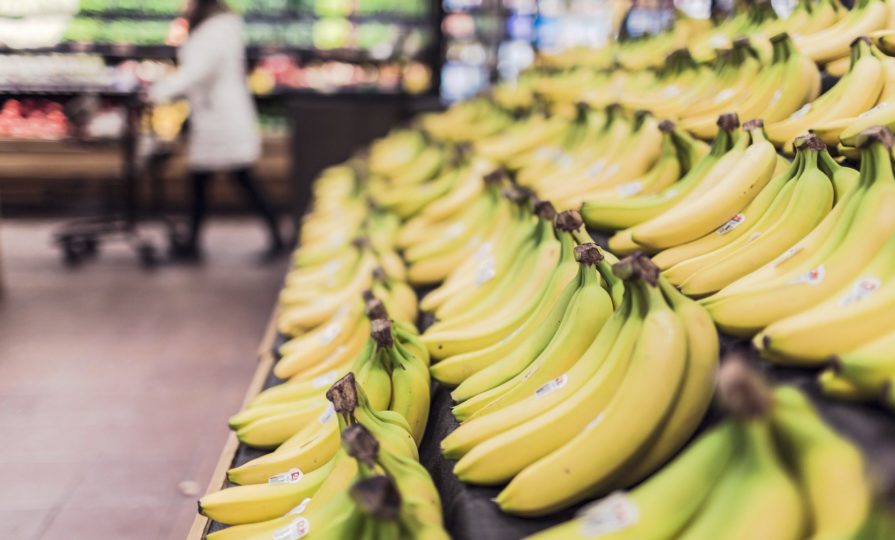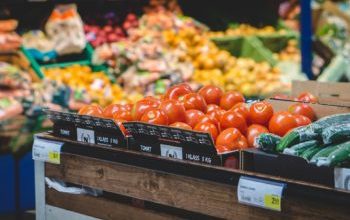Shop price inflation hits highest level in six years

Register to get 1 free article
Reveal the article below by registering for our email newsletter.
Want unlimited access? View Plans
Already have an account? Sign in
Shop price inflation accelerated in March to 0.9%, up from 0.7% in February, the highest inflation rate since March 2013.
The figures from the British Retail Consortium (BRC) and Nielsen’s Shop Price Index also revealed that food inflation had increased by 2.5% in March, up from 1.6% in February. This is also the highest rate for the past six years.
Additionally it found non-food prices were at the same level as March 2018 and fresh food inflation accelerated to 1.9% in March, up from 1.7% in February. This is the highest inflation rate since October 2017.
Ambient food inflation picked up in March, prices increasing by 3.4%, a significant increase on February’s rate of 1.5%. This is the highest inflation rate since February 2013.
The BRC said global commodity prices and weather events pushed food prices up and rises in global cereal prices pushed bread and cereal prices up. It added that last year’s bad weather meant that a number of UK crops, such as onions, potatoes, and cabbage, saw much lower yields, and, as a result, these products are now experiencing “significant price” increases.
Within the non-food category, technological developments within the clothing and electrical sectors meant that prices for these goods have been on a downward trend for the past several years.
However, it revealed price decreases in these sectors were offset by increases in DIY, health and beauty, books and furniture prices. In these sectors, cost pressures built up in the supply chain, either from high oil prices last year, delayed impact of the depreciation, or regulatory changes, are now being filtered through into final consumer prices.
Helen Dickinson, chief executive at the BRC, said: “March saw shop price inflation rise to its highest level in six years, driven primarily by a sharp spike in non-perishable food inflation.
“Increases in global commodity prices and adverse weather events put upward pressures on the wholesale prices of many foodstuffs which, coupled with rises in the cost of alcoholic and non-alcoholic beverages, pushed food inflation from 1.6% in February to 2.5% in March.”
She added: “Nonetheless, the bigger threat to food inflation remains the risks of a chaotic no deal Brexit, which would lead to higher prices and less choice on the shelves. In order to avoid this scenario, parliamentarians from all parties must find a compromise that can command a majority in the House of Commons.”







